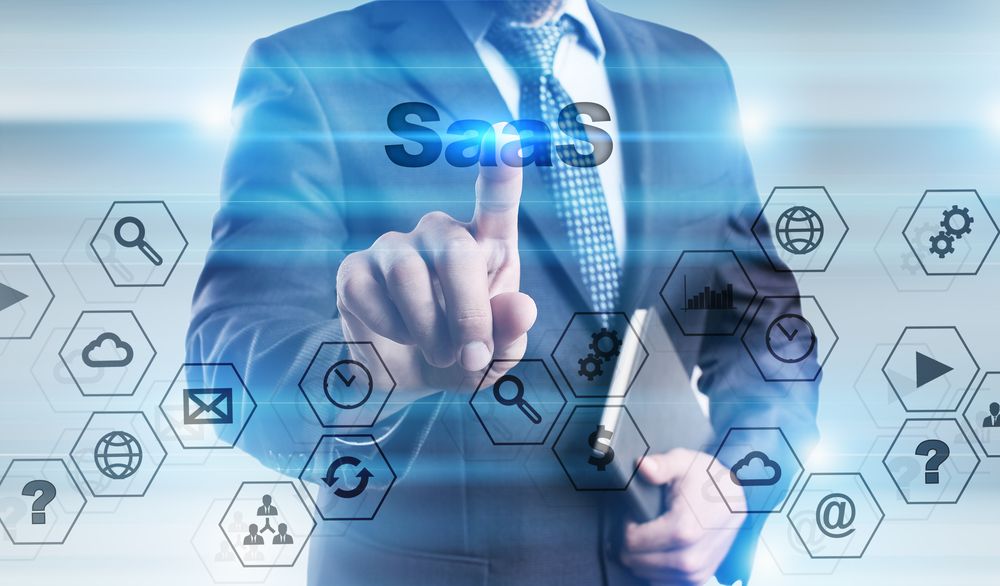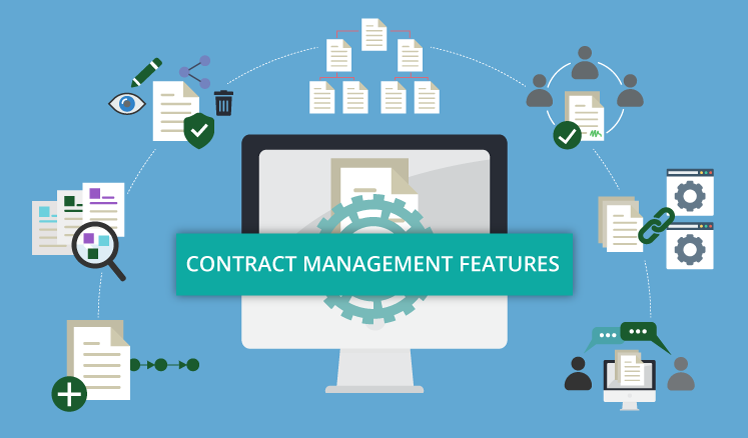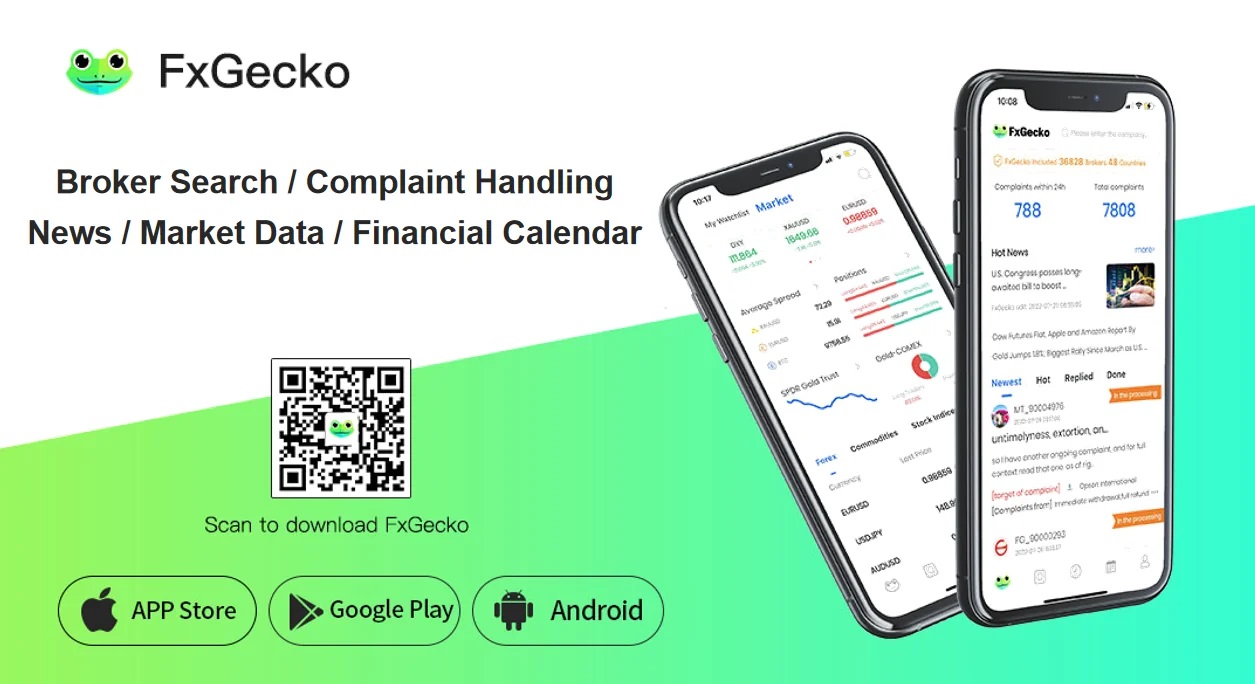Using the cloud to run your business can save you money and provide more flexibility. SaaS platforms can be created for multiple businesses and purposes and include everything from customer relationship management and content creation solutions to cloud storage and project management software. But there are several serious risks associated with this technology that your company needs to address before you can start kicking back and letting the profits roll in.
The biggest security risk you’ll face when using SaaS (software as a service) platforms is that hackers can gain access to all of your most sensitive data and use it against you or sell it off to unscrupulous companies or individuals.
Here we’ll discuss what SaaS security is, some major security concerns, and some best practices to optimize your SaaS security management.
What is SaaS Security?
The most valuable assets in a SaaS business are data and intellectual property. A breach could mean losing data, losing customers, or both. The same is true of your competitors’ data if you aren’t protecting it. Your company’s reputation is at stake when it comes to your network security.
SaaS security is the practice of making your SaaS platform safe from hackers and other malicious users that try to break into your company’s platform and steal vital information. It’s more important than ever to make sure that you have access to quality IT talent who can advise on all of the SaaS security management elements. Just as important, they need to know how those systems interact with one another so they can help minimize business risk while ensuring legal compliance with local laws regarding public cloud usage.
SaaS Security Biggest Challenges
Most security software has historically not been particularly user-friendly, so managing it has always been more difficult than it needs to be. The good news: Today’s SaaS platforms and applications are often more secure than their on-premise counterparts and are always completely secure out of the box.
Managing these systems is easier as well since many of them come with built-in analytics and monitoring tools. This means your biggest challenge will be dealing with a general lack of knowledge about current SaaS security threats, protocols, and best practices.
SaaS Security Management Best Practices
It’s difficult to keep your SaaS platform secure against all threats, whether they be internal or external, accidental or intentional. From software bugs to malicious attacks and phishing scams, you must stay vigilant in protecting your customers’ data, your company’s revenue and your organization’s reputation and good standing in the community.
If you want to ensure that your SaaS platform stays as secure as possible at all times, you should carefully consider the best practices that make up effective SaaS security management. Here are some best practices for SaaS security management.
Identity and Access Management
This is one of those SaaS security management best practices that, if not addressed from day one, will lead to a lot of headaches later on. In a perfect world, you would have a single sign-on process for your entire SaaS app and all users would be able to utilize it immediately without having to maintain multiple usernames and passwords.
This level of SaaS network security is almost never 100% possible, though-so create your plan to tackle it as soon as possible. You can provide options like allowing alternate logins or creating different user groups that each have their own login information in order to give yourself time while you work towards full integration. For instance, if your company applies resource management software, you’re likely to have multiple teams and users connected to the same system. As a manager, you can set permissions and restrictions to limit data access for users at different levels. As a result, specific information will only be available to relevant users and won’t be accessed by third parties.
Data Security (Encryption)
SaaS data security is usually delivered via an encryption solution. Encryption is used to scramble data when it is stored or transmitted, so that only authorized people can access it.
For example, if you are storing protected health information (PHI) in a cloud-based application and fail to use encryption, you risk exposing that information not only to other users of your cloud application but also to any third party accessing your cloud through a shared network connection at Starbucks.
SaaS encrypts and decrypts data automatically as it travels over networks between users and applications hosted in public clouds. Another benefit of encrypting data before storage is you don’t have to worry about accidentally deleting it due to file corruption or faulty software upgrades.
Data Backup and Recovery
Every SaaS platform is different, but all of them are vulnerable to security breaches in some way. Even if your database isn’t breached directly by an outside attacker, you could have a loss of data through hardware failure.
The good news is that there are plenty of best practices for ensuring your data is safe and can be recovered should a disaster occur. According to Statista, 91% of organizations backup their databases. First, determine what kind of backup/recovery solution fits your business best-local or cloud-based? Incremental or complete backups?
SaaS Network Security and Control
SaaS network security and control ensure that your SaaS applications are protected against threats such as Denial of Service (DoS) attacks, Man-in-the-Middle (MiTM) attacks, tampering, and data loss.
You also want to make sure that any physical or technical access points are properly secured. Segregation of network traffic is a common way to isolate traffic from various applications running on different layers of your organization’s cloud infrastructure.
Doing so can help ensure that hackers cannot pivot from one application layer to another by hopping between those applications’ respective networks.
SaaS Malware Prevention
Even with physical security, malware attacks are still a huge risk. Software-as-service platforms can be vulnerable to several different types of attacks, but few are as dangerous as malware. Malware is a type of malicious software that can infiltrate your system and grant remote access to hackers or other users. As such, it’s important to have some form of anti-malware software in place.
This makes sure any viruses are caught quickly before they start causing problems within your business. It also prevents data leaks by blocking them from transmitting sensitive information out of your network through unauthorized channels.
Conclusion
Businesses using SaaS models are among some of the most popular and growing businesses today. Many businesses don’t realize that these services require security and this can prove to be very challenging so it may even be best if they are managed by a third party.
The above tips are some fundamentals on how to best protect your business’s data with SaaS security management software. If you follow these best practices, your business will be better prepared for any security challenges it may face in its ongoing operations.








Add Comment